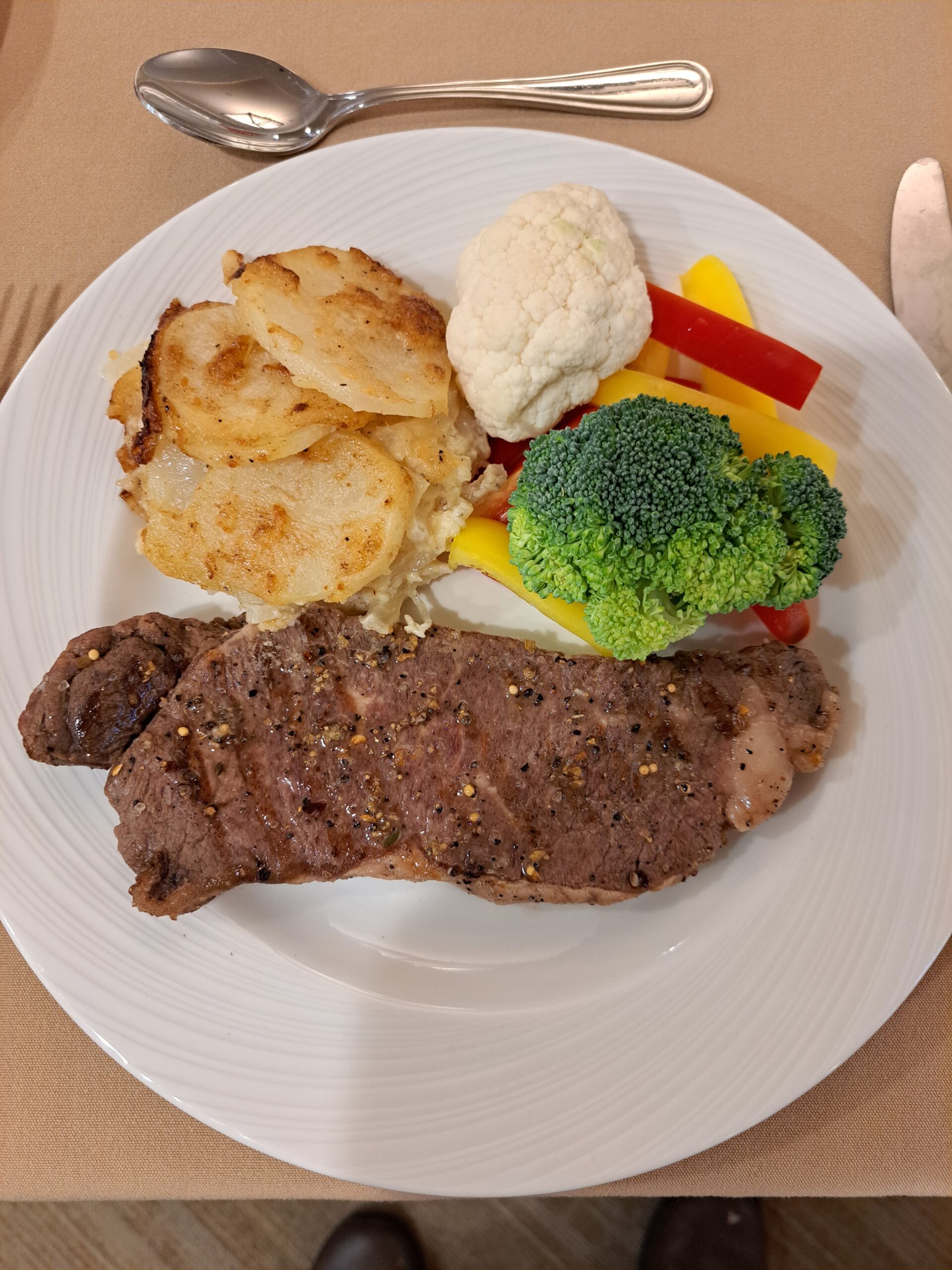Be Sharing
Living Loving Local at Verve this Month: Lamb
Lamb is a popular meat served throughout the world in many cultures and many countries. From feasts to everyday fare, lamb can be flavoured with a variety of herbs and spices and cooked in a multitude of ways. Kebobs to Irish stew, Mulligatawny soup to tagine, koftas to crown roast, no matter how you slice it and spice it, lamb is a delicious source of lean protein.
Canadian Statistics:
- The average Canadian eats one kilogram of lamb per year. (compare that to the whopping 44 lbs of beef per year we eat!)
- Ontario, Quebec and Alberta are the most important lamb meat producing provinces in Canada.
- In 1966 the first Canadian native sheep breed was introduced. “The Rideau Arcott” breed can produce multiple off-spring, three times per year, thus it rapidly transformed the Canadian lamb meat market.
Canadian History:
- Sheep has always been a valuable commodity. Its wool was used for clothing, its milk churned into butter and cheese and its meat eaten for nourishment.
- Sheep were introduced to Canada in the mid-17th By 1671 there were approximately 400 sheep recorded.
- The Ovine (Sheep) population peaked at 3.6 million in 1931. Wool was the most important part of the sheep as most clothing was made from this fibre.
- Post WWII lighter synthetic fabrics were introduced and the need for wool greatly diminished.
- By 1977 the Canadian sheep count was around 560,000 a mere 1/6 of what it had been at its peek.
Health Benefits:
- Lamb is an excellent source of protein, iron, zinc, phosphorus, selenium and B Vitamins such as B12 and B3 Niacin
- Lamb is a good choice for people watching their fat intake mainly because the fat in lamb is mostly visible and can be removed.
- Lamb is higher in Omega-3 Fatty Acids than most other land-based animals.
Lamb Breeds:
There are 860 pure breeds of sheep in the world, 52 of which can be found in Canada. They fall into four categories:
- Maternal: These are the sheep that look after the newborn lambs but don’t necessarily give birth to them. Due to the multiple births of lambs in the Sheep Barns, these sheep help with the nursing of the newborns. Popular varieties are Dorset and PolyPay.
- Paternal: Popular breeds are Sulfolk, Hampshire and Texel. They are mainly used for meat production.
- Prolific: The breeders. The Canadian breed, Rideau Arcott, are mostly used for the birthing purposes and have been known to birth more than one lamb at a time.
- Milk: The East Friesen, British Milk, Lacaune are breeds used for making sheep milk cheese. Production is done mostly in Quebec where the industry is growing mainly because sheep’s milk has twice the fat of cow’s milk and 40% more protein which makes a delicious product.
Fun Facts:
- A ewe (female sheep) can produce seven to ten pounds of wool a year.
- Lambs are usually able to stand within 30 minutes of being born.
- Up until the age of one both the animal and meat are called lamb.
- Meat from lambs older than one year of age is called “hogget”.
- Mutton is the meat of an adult sheep.
Recipes:
Here is just one of the many delicious recipes we are serving at our Living Loving Local celebrations this month:
Be Sharing




